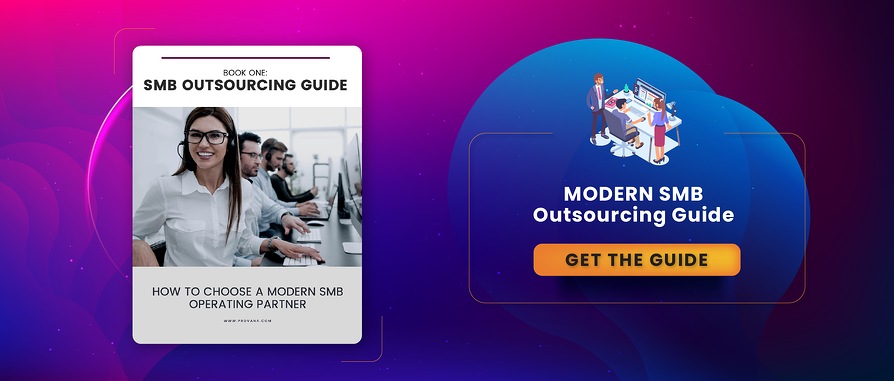4 Transition Management Questions to Ask Your BPM Partner
- June 2, 2022
- Category: Business process management

Recommended Reading
Due to the current talent crunch, small-to-medium size agencies are more readily turning to the idea of outsourcing to augment their staffing capacity. However, modern firms are looking for solutions beyond their predecessor’s ideas on outsourcing. Agencies are now preferring Business Process Management (BPM) over the conventional Business Process Outsourcing (BPO) model, due to its sophistication and end-to-end operations management capability.
BPM-based outsourcing models are more advanced, however just choosing this model on its own isn’t always enough. To make sure you are not signing up for disjointed workflows, lack of productivity, and unexpected data breaches, you need to partner with the right BPM service provider that has mastered Production Management, Transition Management, Compliance and Performance, Resource Management, SOPs, and KPI best practices.
A part of our “Questions for A Potential BPM Partner” series, this blog focuses on Transition Management.
If the transition process from an on-site to an off-site operating model is not smooth, you run the risk of losing institutional knowledge, passing incomplete or unclear information, or an extended timeline to complete the transition. Hence, when selecting a BPM provider, it’s crucial to check how the provider will manage this particular process from the start. The answers to these questions should be well documented, clear and verifiable by the provider’s references. Here are some of the transition management questions that should be asked of the candidate provider:
1. "Do you have a defined roadmap for transition?"
Prior to the start of the transition, the service provider should plan for the transition initiation meeting to ensure both parties (service provider and you) have complete clarity on how the transition will happen. Asking the provider for a transition roadmap can help you visualize the same process. The roadmap provided by a potential BPM partner should include dos and don’ts of transition, tools and platforms used for the transition, roles, and responsibilities for the entire transition along with overall transition timelines.
2. "Can you show a RACI matrix or a Gantt chart with milestones?"
Ideally, the transition roadmap should feature RACI and Gantt charts comprehensively. However, if they are briefly mentioned in the plan, don’t shy away from asking follow-up questions on RACI and Gannt charts. Well-designed RACIs and Gantt charts should be visually rich as well as extremely easy to understand. At its core, a RACI matrix should set clear expectations about transition-related roles and responsibilities. On the other hand, Gantt chart samples presented to you by the provider should have clear goals and specifics, timelines, progress bar, and milestones of the transition project.
3. "Can you explain the hosting and remote access implications of moving our operations to you?"
Partnering with a BPM service provider means signing up for a remote service transition. This explains why remote implications should make up a majority of your transition management-related questions. As you navigate and adapt to the BPM outsourcing model, your potential BPM partner will also need to prepare to execute a seamless service transition with remotely working teams. So, ask how the service provider will improve the service transition process by leveraging efficient tools and methodologies. Another important question to ask is “What are the key transition-related risks they envisage and how would they mitigate each one of them?”
4. "How do you manage transition-focused SOPs and POCs (proof of concepts)?"
Ideally, service providers are expected to complete the transition process in less time and align with your agency’s strategy and processes as quickly as possible. The first step for the incoming service provider in this direction is to obtain a baseline of your enterprise’s existing regulatory environment in the “as is” state. And, this can only be done once you know how they will manage their own and your SOPs and proof of concepts (POCs) to maintain 100% compliance.
SOPs and POCs that are tied to transition should point out:
- How do the service provider’s agents quickly pick up on your tool(s) without having to wait on someone else to assist them in navigating the collection software or tool?
- How will agents know if they’re meeting the expectations from Day 1?
- How agents will stay updated on the developments in the debt collections industry and call compliance to FDCPA to avoid any instance of non-compliance.
The best SOPs and POCs will include step-by-step documents, workflow diagrams, organizational charts, detailed instructions, and checklists. They should also list tips on unexpected risk mitigation during the process of the entire transition.








